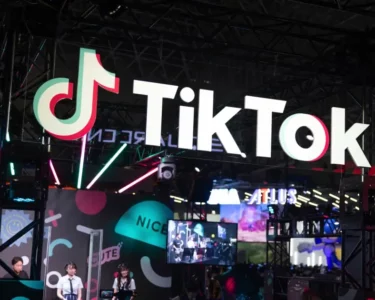Alibaba, the prominent Chinese technology giant, made headlines recently with the launch of its latest artificial intelligence tool, Tongyi Wanxiang. This cutting-edge tool possesses the remarkable capability to generate images based on user prompts. Available for beta testing to enterprise customers in China, Tongyi Wanxiang accepts prompts in both Chinese and English, producing images in a variety of styles, including sketches and 3D cartoons.
The release of Tongyi Wanxiang signifies Alibaba’s continued pursuit of generative AI technology, a field where tech giants in both China and the United States are fiercely competing. Generative AI refers to the branch of artificial intelligence that can create content based on given prompts. The development of OpenAI’s ChatGPT, a highly acclaimed example of this technology, has spurred major players in the tech industry to develop their own alternatives.
For instance, Google introduced its own AI chatbot named Bard in the United States, while Baidu unveiled Ernie Bot and Alibaba launched Tongyi Qianwen in China. Furthermore, there are already existing services that provide AI text-to-image generation, such as OpenAI’s DALL-E and Stable Diffusion.
According to Jingren Zhou, CTO of Alibaba Cloud Intelligence, Tongyi Wanxiang’s release will make high-quality generative AI imagery more accessible, facilitating the advancement of innovative AI art and creative expressions across various sectors such as e-commerce, gaming, design, and advertising. Notably, technology giants are approaching the release of generative AI products with caution to avoid regulatory concerns. Alibaba and Baidu, for instance, have positioned their AI tools with specific focuses. Alibaba primarily targets enterprise customers, aligning with existing regulations introduced by Chinese authorities in anticipation of generative AI technologies.
In January, Beijing implemented pioneering regulations governing “deep synthesis technologies,” encompassing images and videos altered using AI. Subsequently, in April, draft rules were released by regulators to manage the development of generative AI products by companies. These regulations have influenced the strategic positioning of generative AI offerings by major tech players, ensuring compliance with regulatory frameworks.
Alibaba’s introduction of Tongyi Wanxiang showcases their commitment to advancing generative AI technology. This latest tool enables users to generate images based on prompts, and with its availability for beta testing, it signals a significant development in the field. As technology giants tread carefully to navigate regulatory landscapes, the release of such generative AI products holds immense potential for driving innovation across various industries, unleashing creative possibilities previously unexplored.





